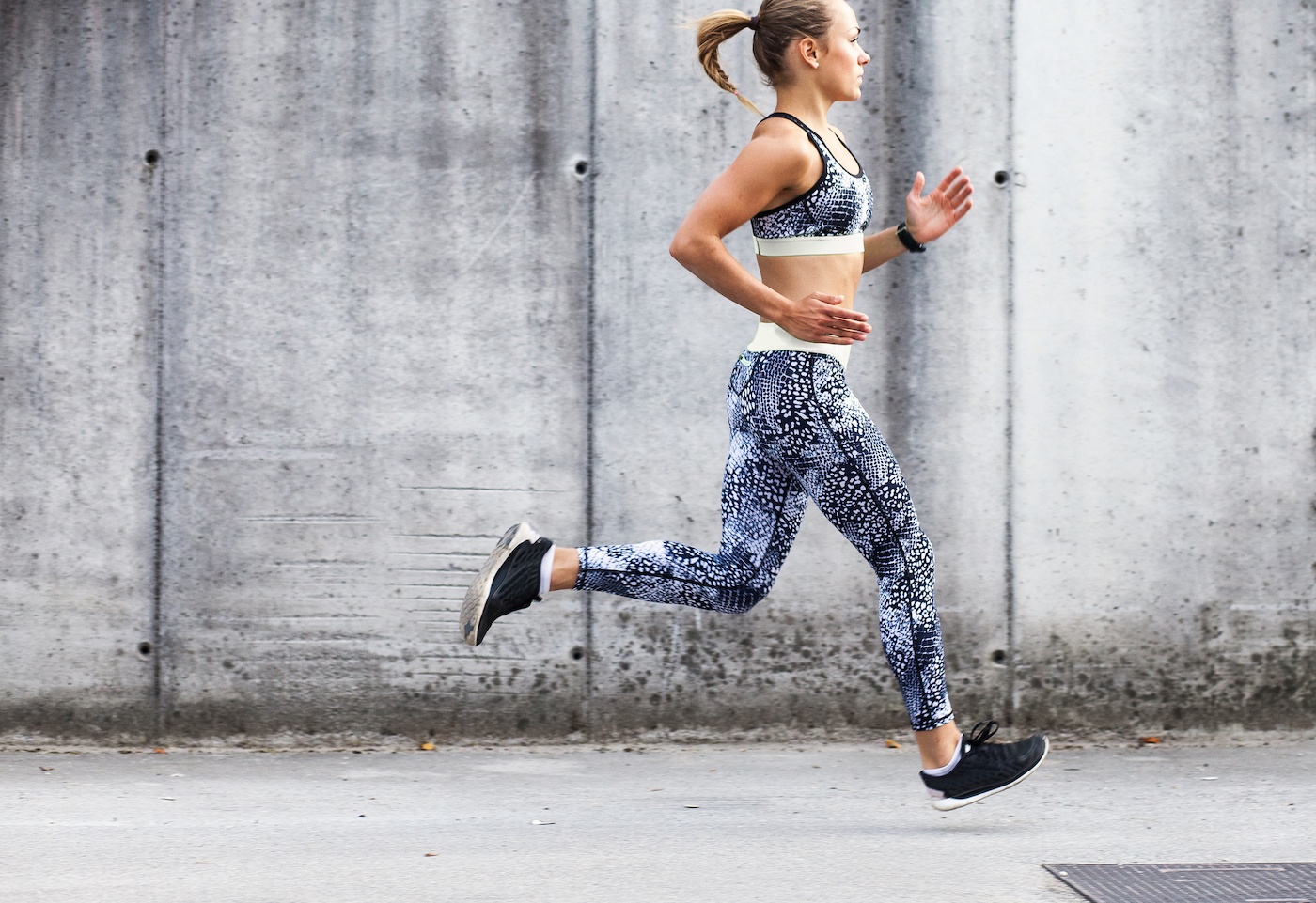
September 16, 2019 at 10:37PM by CWC
I’m smack-dab in the middle of training for the New York City Marathon—and FYI (perhaps TMI?), my foot hygiene situation is not good. Heading out for 15-milers might be the exact opposite of getting a pedicure, and none of my scrubbing has yielded any aesthetic results. I’ve pretty much come to terms with the fact that my feet will look decidedly not cute for the next couple of months, but I refuse (refuse!) to accept the blisters. Little did I know that my socks might be what causes blisters.
Through the fitness grapevine, I heard that working out in cotton socks is a very bad idea if you’re hoping to keep your feet blister-free. Doug Tumen, DPM, FACFAS, a board-certified podiatrist based in New York’s Hudson Valley confirms as much. “Cotton socks can be a primary cause of blisters because of how they handle the moisture,” he tells me. “Although the cotton can absorb moisture, it leaves it in close contact with the foot making the foot more vulnerable to blister development.”
Even more of a problem arises when cotton socks are too small for you, adds Miguel Cunha, DPM, founder of Gotham Footcare. When your socks get wet, they’ll rub against your skin barrier and create even more friction. (So, yeah, that pair of Hello Kitty one you still have from middle school need to be tossed—like, yesterday.)
Now that we’ve covered why cotton socks basically suck, the podiatrists have a few ideas about what kind to look for instead. Emily Splichal, DPM, MS, functional podiatrist and founder of Naboso Technology, says that certain fabrics always get the seal of approval. “I’m always in favor of high-tech fabrics that wick the sweat away from the foot and help prevent blisters,” she says. “These include CoolMax, Dri-Tech, or Merino wool.”
Any non-cotton material that claims to “wick away” sweat will do the trick, says Dr. Tumen. “Socks with wicking capabilities move the moisture away from the skin and decrease the chances of blister formation. These materials include cool max, polyester, wool, nylon, and other proprietary materials specifically designed to minimize blister formation,” he explains. So if you’re stocking up on socks at TJ Maxx and you happen to see a cotton 12-pack on super-sale, walk away! Nay, run away! Learn from my mistakes.
ADVERTISEMENT
ADVERTISEMENTKate Spade Autumn/Winter Sale |
If you’re still confused about compression socks, here’s the 411. Plus, an editors’ guide to buying the right running shoes for you.
Author Kells McPhillips | Well and Good
Selected by CWC
ADVERTISEMENT
ADVERTISEMENTUp to 30% off Gift Sets |




